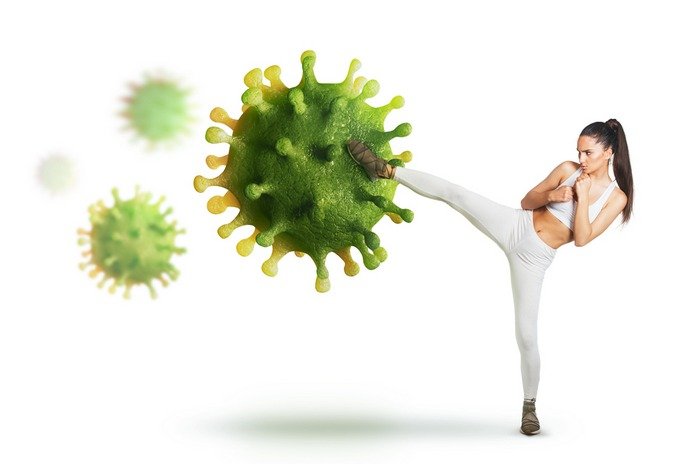Causes Of Atopic Dermatitis
Being a chronic inflammatory skin disease and its high prevalence, especially in children, increases health concerns. Different factors, including genetic predisposition, immunity issues, and environmental factors, are contributing to pervasiveness. It is very important to identify all the causes and factors of this disease so that these factors could be controlled. In the case of atopic dermatitis, additional measures are required to limit exposure to certain triggers. The original causes of atopic dermatitis have not been completely understood, but it has been thought that a combination of different genetic factors and abnormal responses of the immune system to the environmental condition can trigger atopic dermatitis.
Immune system
Being an immunological disease involves the immune system of the person. The human immune system is responsible for protecting the body from all kinds of foreign particles, including microorganisms and other external particles, which make it highly advance and sensitive function. Atopic dermatitis is not just a skin inflammation but a disease caused due to over activation of this immune system. While the rashes and redness are visible on the skin, the real issue is happening inside the skin. The allergens and irritants cause rashes on the skin, and when a person scratches the skin, the condition worsens. Human skin is made up of three-layer. The epidermal layer being the first layer is responsible for restricting foreign substances, including viruses, bacteria, and infections from getting into keeping internal are safe and healthy. When the person is suffering from atopic dermatitis, this layer becomes more sensitive and weaker, which makes it susceptible to inflammation caused by the immune system. The scratching of the skin causes more damage to skin cells, making it easy for foreign substances to penetrate the skin. When this substance breaks the skin barrier, the body’s immune cells become active and start to destroy those particles by activating the defender. The defender cells release such substances that result in filmier redness and rash on the skin surface. The substance normally goes away after some time, but in atopic dermatitis, these cells remain active and continue the inflammatory process, and skin continues to react, which result in underlying inflammation and starches weeks the skin more and more. The itch cycle continues, and the condition of the skin gets worse.

